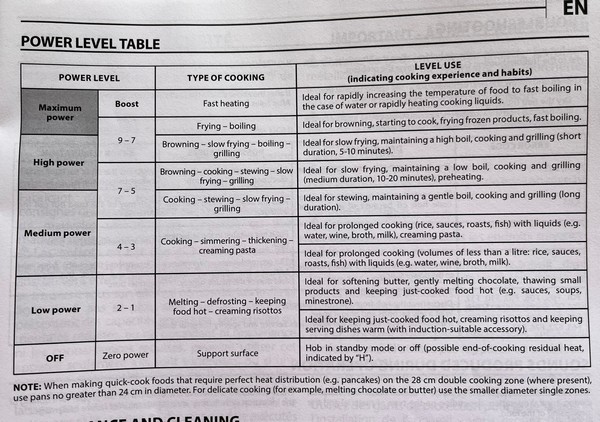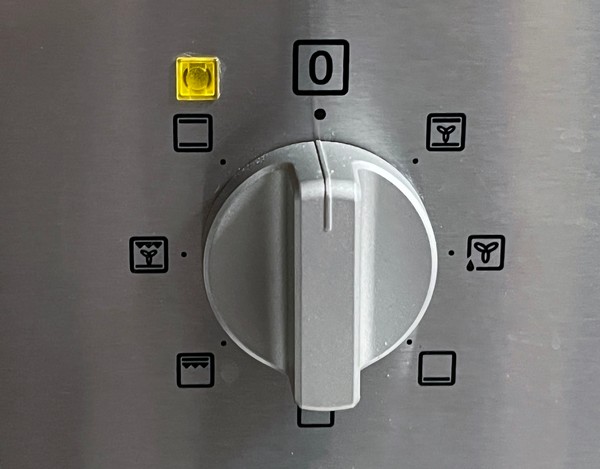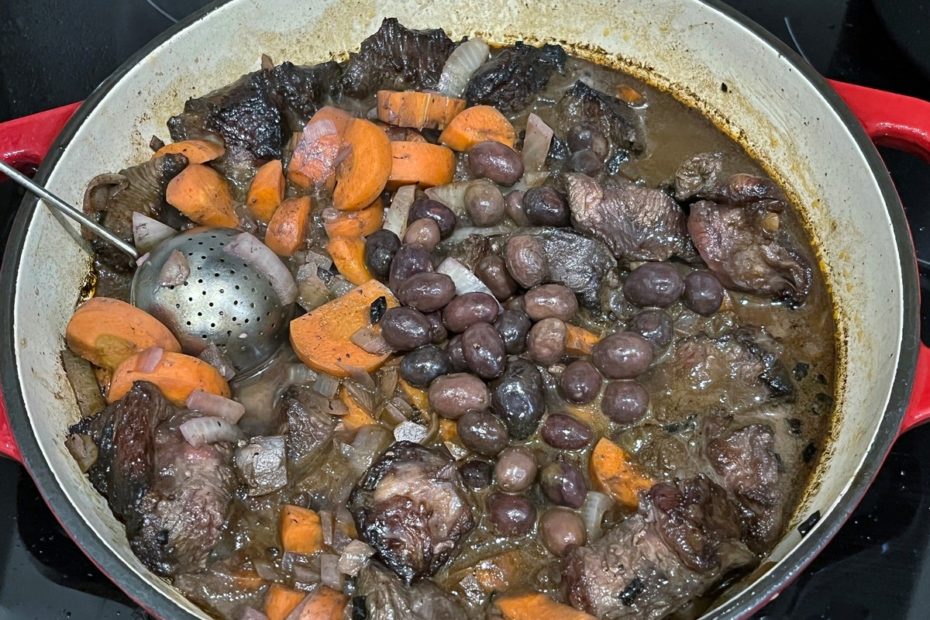Can we all agree that sometimes cooking = work? Let’s not forget the shopping element, so cooking = shopping + work, right? And we’re not even going to get into cleaning up—that’s supposed to be left for the guy who didn’t cook.
Moving to a new country can also make everything in the kitchen seem like (hard) labor. Along with giving you the feeling of complete incompetence. Or, France is growing on me and I’m complaining like I live here…
First, there are new appliances to conquer–induction cooktop, I’m looking at you. Be prepared, these are primed to be the cooktops of the future, because gas is bad and electric is a pain.
Induction is not your friend either. Most likely none of your pots or pans will work on it. Au revoir all my favorite pieces of Calphalon. Bonjour, ruining the first batch of rice since the last century.
Like other cooktops, you might believe that cranking it up would make water boil (in seconds), and turning it to low would be good for cooking rice etc. You’d be half right as my ruined rice would show. High is hot and things boil or sear pretty nicely. Low turns out to be useless and even the manual (which I found in with a bunch of maps of Provence) says Low Power 1-2 is ideal for softening (not melting) butter and keeping things warm.
 The mid-range numbers are variations on medium heat, depending on what you’re cooking and your level of patience. My newest (expensive) project is trying to figure out if good pots and pans affect all this; I think yes, but it’s too early to tell. The best part of the induction is that the smooth top cleans up in seconds, and you can even set paper towels or whatever around if you need a throw-away spatter shield.
The mid-range numbers are variations on medium heat, depending on what you’re cooking and your level of patience. My newest (expensive) project is trying to figure out if good pots and pans affect all this; I think yes, but it’s too early to tell. The best part of the induction is that the smooth top cleans up in seconds, and you can even set paper towels or whatever around if you need a throw-away spatter shield.
The oven has almost as many settings as the cooktop–7 symbols (plus off). They might as well be hieroglyphs because like hieroglyphs they can be “read from left to right or from right to left” and you still won’t have a clue as to which one bakes, is convection, grills (broils), or is the pizza setting. Plan on multiple trips back and forth to the user’s manual (downloaded and saved so at least the hieroglyphs are in English). Once you’ve crossed that hurdle, the other button has the temperature–Centigrade of course. Now to do the conversions. What is 300° Fahrenheit in Centigrade*? And today’s question, how do you know when it’s reached temperature? My guess: the tiny light on the side of the temperature button goes off. If you were wondering what the pizza setting does—surprise! According to the manual it’s “to roast larger meat joints or poultry with bones—nothing about pizza, but heh..
 So far, it’s been an adventure, which is a polite way of saying I’ve made one really good meal since we’ve been here. Hopefully sometime in 2023 cooking = fun!
So far, it’s been an adventure, which is a polite way of saying I’ve made one really good meal since we’ve been here. Hopefully sometime in 2023 cooking = fun!
*Aprox 149 degrees

